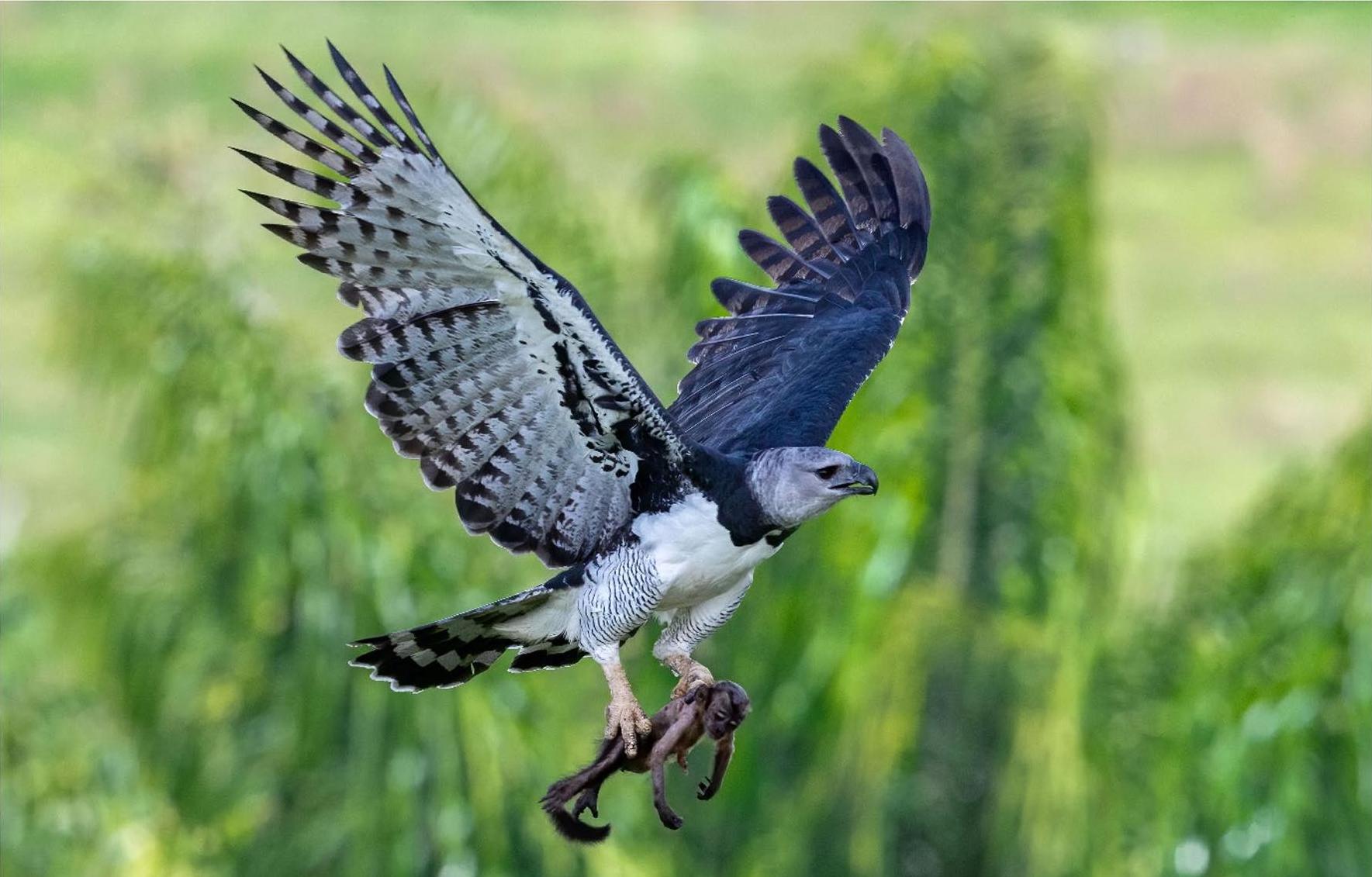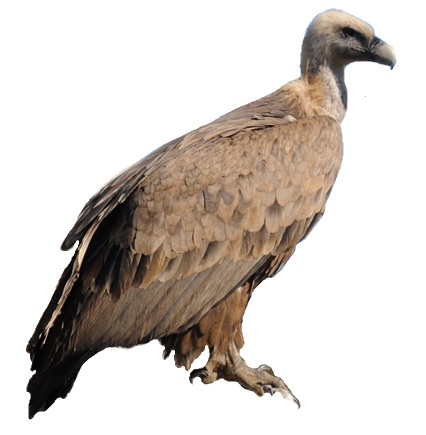|
Harpiinae
The Harpiinae is a bird of prey subfamily which consists of large broad-winged species native to tropical forests. There are 4 Genus, genera in the subfamily, all Monotypic taxon, monotypic. The cladogram of the Harpiinae shown below is based on a molecular phylogenetic study of the Accipitridae by Therese Catanach and collaborators that was published in 2024. Species References Harpiinae, Bird subfamilies Eagles {{Accipitriformes-stub ... [...More Info...] [...Related Items...] OR: [Wikipedia] [Google] [Baidu] |
Harpy Eagle
The harpy eagle (''Harpia harpyja'') is a large Neotropical realm, neotropical species of eagle. It is also called the American harpy eagle to distinguish it from the Papuan eagle, which is sometimes known as the New Guinea Harpy Eagle, New Guinea harpy eagle or Papuan harpy eagle. It is the largest bird of prey throughout its range, and among the largest Extant taxon, extant species of eagles in the world. It usually inhabits tropical lowland rainforests in the upper (emergent) canopy (biology), canopy layer. Destruction of its natural habitat has caused it to vanish from many parts of its former range, and it is nearly extirpated from much of Central America. The genus ''Harpia'', together with ''Harpyopsis'', ''Macheiramphus'' and ''Morphnus'', form the subfamily Harpiinae. Taxonomy The harpy eagle was first described by Carl Linnaeus in his landmark 1758 10th edition of Systema Naturae, 10th edition of ''Systema Naturae'' as ''Vultur harpyja'', after the mythological beast ha ... [...More Info...] [...Related Items...] OR: [Wikipedia] [Google] [Baidu] |
Harpia Harpyja -Sao Paulo Zoo, Brasil -adult-8a
The harpy eagle (''Harpia harpyja'') is a large neotropical species of eagle. It is also called the American harpy eagle to distinguish it from the Papuan eagle, which is sometimes known as the New Guinea harpy eagle or Papuan harpy eagle. It is the largest bird of prey throughout its range, and among the largest extant species of eagles in the world. It usually inhabits tropical lowland rainforests in the upper (emergent) canopy layer. Destruction of its natural habitat has caused it to vanish from many parts of its former range, and it is nearly extirpated from much of Central America. The genus ''Harpia'', together with '' Harpyopsis'', ''Macheiramphus'' and ''Morphnus'', form the subfamily Harpiinae. Taxonomy The harpy eagle was first described by Carl Linnaeus in his landmark 1758 10th edition of ''Systema Naturae'' as ''Vultur harpyja'', after the mythological beast harpy. It is now the only species placed in the genus ''Harpia'' that was introduced in 1816 by the French ... [...More Info...] [...Related Items...] OR: [Wikipedia] [Google] [Baidu] |
Harpyopsis
The Papuan eagle (''Harpyopsis novaeguineae'') is a large bird of prey.Ferguson-Lees, J., & Christie, D. A. (2001). ''Raptors of the World''. Christopher Helm, London, UK. It is also known by several other names, including Papuan harpy eagle, New Guinea eagle, New Guinea harpy eagle, or kapul eagle, the latter name from the local name for a usually arboreal marsupial that the eagle is known to regularly hunt.Global Raptor Information Network. 2020. Species account: ''New Guinea Harpy Eagle Harpyopsis novaeguineae''. Downloaded from http://www.globalraptors.org on 4 Dec. 2020. This is an endemic species to New Guinea, and it can occasionally be found throughout the island. This is a forest-dwelling species, usually occurring in mature rainforest.Freeman, B. & Class-Freeman, A.M. (2014). ''The avifauna of Mt. Karimui, Chimbu Province, Papua New Guinea, including evidence for long-term population dynamics in undisturbed tropical forest''. Bulletin of the British Ornithologists' Club ... [...More Info...] [...Related Items...] OR: [Wikipedia] [Google] [Baidu] |
Morphnus
The crested eagle (''Morphnus guianensis'') is a large Neotropical eagle. It is the only member of the genus ''Morphnus''. The crested eagle can grow up to long, with a wingspan up to , and weigh up to . The plumage varies between a light brownish-gray to sooty gray or even blackish in some cases. It has a white throat and a dark spot on the crest and a small dark mask across the eyes. It ranges extensively throughout Central and South America, but not in large numbers. favoring tropical lowland forest. A powerful predator, its diet consist mainly of small mammals, rodents, snakes and smaller birds. Despite their large distribution, they are currently classified as Near Threatened by the IUCN, due mainly to habitat loss Description This species is a large but slender eagle. It measures long and has a wingspan of . A small handful of crested eagles have been weighed and have scaled from . The average weight of crested eagles in Tikal, Guatemala was claimed to be only , with a ... [...More Info...] [...Related Items...] OR: [Wikipedia] [Google] [Baidu] |
Bird Of Prey
Birds of prey or predatory birds, also known as (although not the same as) raptors, are hypercarnivorous bird species that actively predation, hunt and feed on other vertebrates (mainly mammals, reptiles and smaller birds). In addition to speed and strength, these predators have bird vision, keen eyesight for detecting prey from a distance or during flight, strong feet with sharp talon (anatomy), talons for grasping or killing prey, and powerful, curved beaks for tearing off flesh. Although predatory birds primarily hunt live prey, many species (such as fish eagles, vultures and condors) also scavenge and eat carrion. Although the term "bird of prey" could theoretically be taken to include all birds that actively hunt and eat other animals, ornithologists typically use the narrower definition followed in this page, excluding many piscivorous predators such as storks, Crane (bird), cranes, herons, gulls, skuas, penguins, and kingfishers, as well as many primarily insectivorous bir ... [...More Info...] [...Related Items...] OR: [Wikipedia] [Google] [Baidu] |
New Guinea Eagle
The Papuan eagle (''Harpyopsis novaeguineae'') is a large bird of prey.Ferguson-Lees, J., & Christie, D. A. (2001). ''Raptors of the World''. Christopher Helm, London, UK. It is also known by several other names, including Papuan harpy eagle, New Guinea eagle, New Guinea harpy eagle, or kapul eagle, the latter name from the local name for a usually arboreal marsupial that the eagle is known to regularly hunt.Global Raptor Information Network. 2020. Species account: ''New Guinea Harpy Eagle Harpyopsis novaeguineae''. Downloaded from http://www.globalraptors.org on 4 Dec. 2020. This is an endemic species to New Guinea, and it can occasionally be found throughout the island. This is a forest-dwelling species, usually occurring in mature rainforest.Freeman, B. & Class-Freeman, A.M. (2014). ''The avifauna of Mt. Karimui, Chimbu Province, Papua New Guinea, including evidence for long-term population dynamics in undisturbed tropical forest''. Bulletin of the British Ornithologists' Club 1 ... [...More Info...] [...Related Items...] OR: [Wikipedia] [Google] [Baidu] |
Morphnus Guianensis Eating Green Snake -Bolivia-8
The crested eagle (''Morphnus guianensis'') is a large Neotropical eagle. It is the only member of the genus ''Morphnus''. The crested eagle can grow up to long, with a wingspan up to , and weigh up to . The plumage varies between a light brownish-gray to sooty gray or even blackish in some cases. It has a white throat and a dark spot on the crest and a small dark mask across the eyes. It ranges extensively throughout Central and South America, but not in large numbers. favoring tropical lowland forest. A powerful predator, its diet consist mainly of small mammals, rodents, snakes and smaller birds. Despite their large distribution, they are currently classified as Near Threatened by the IUCN, due mainly to habitat loss Description This species is a large but slender eagle. It measures long and has a wingspan of . A small handful of crested eagles have been weighed and have scaled from . The average weight of crested eagles in Tikal, Guatemala was claimed to be only , with a ... [...More Info...] [...Related Items...] OR: [Wikipedia] [Google] [Baidu] |
Monotypic Taxon
In biology, a monotypic taxon is a taxonomic group (taxon) that contains only one immediately subordinate taxon. A monotypic species is one that does not include subspecies or smaller, infraspecific taxa. In the case of Genus, genera, the term "unispecific" or "monospecific" is sometimes preferred. In botanical nomenclature, a monotypic genus is a genus in the special case where a genus and a single species are simultaneously described. Theoretical implications Monotypic taxa present several important theoretical challenges in biological classification. One key issue is known as "Gregg's Paradox": if a single species is the only member of multiple hierarchical levels (for example, being the only species in its genus, which is the only genus in its family), then each level needs a distinct definition to maintain logical structure. Otherwise, the different taxonomic ranks become effectively identical, which creates problems for organizing biological diversity in a hierarchical o ... [...More Info...] [...Related Items...] OR: [Wikipedia] [Google] [Baidu] |




